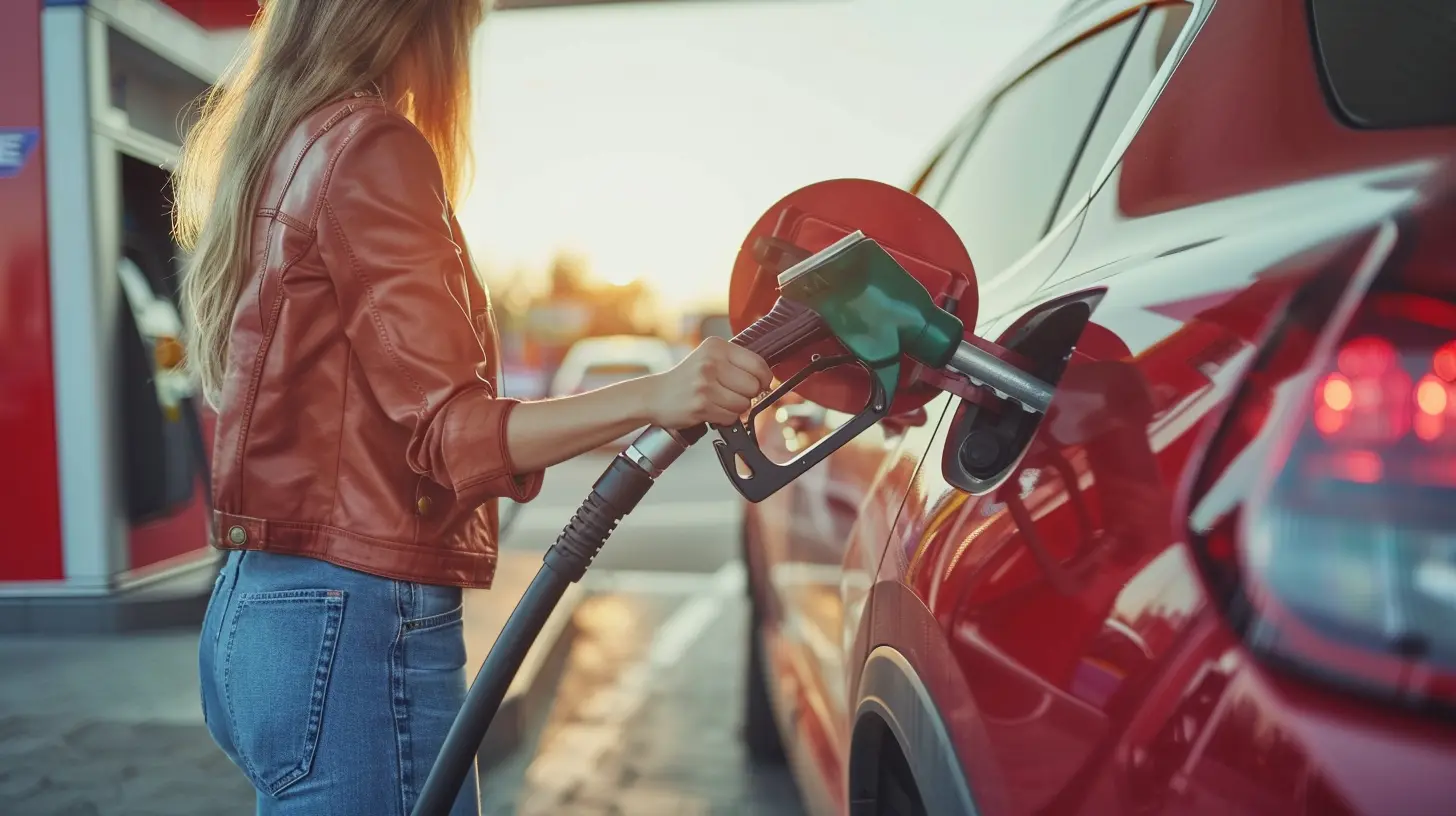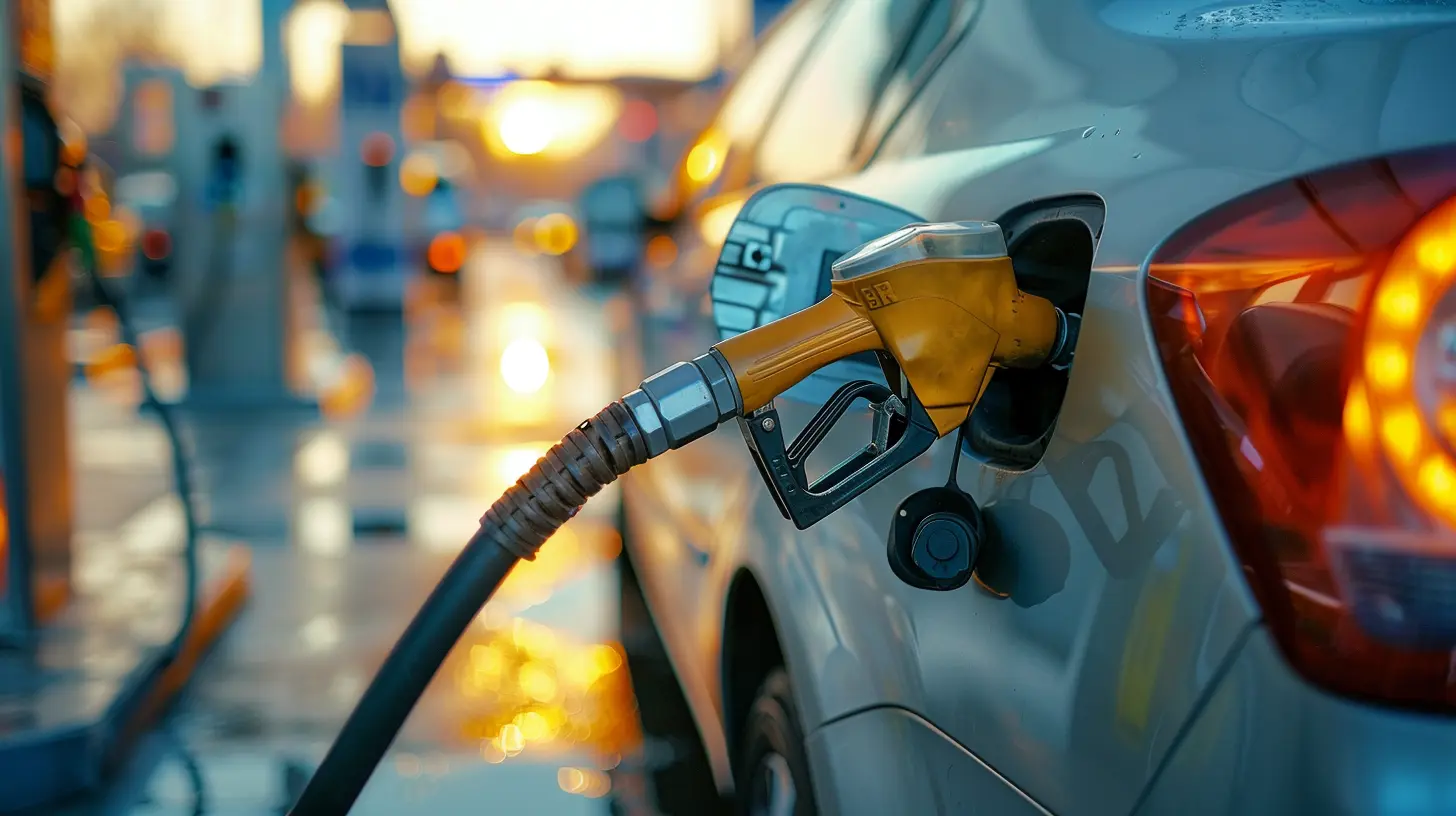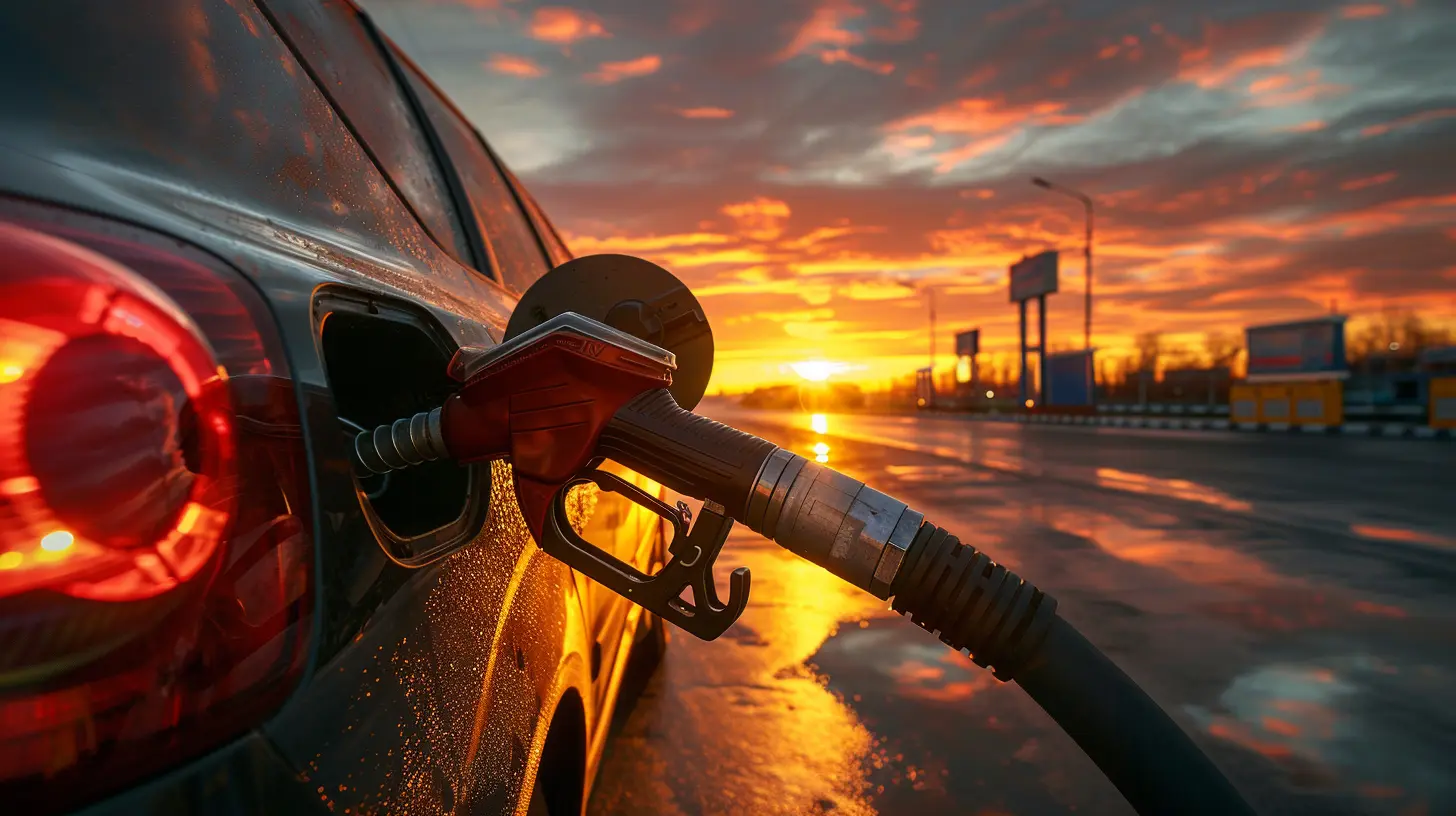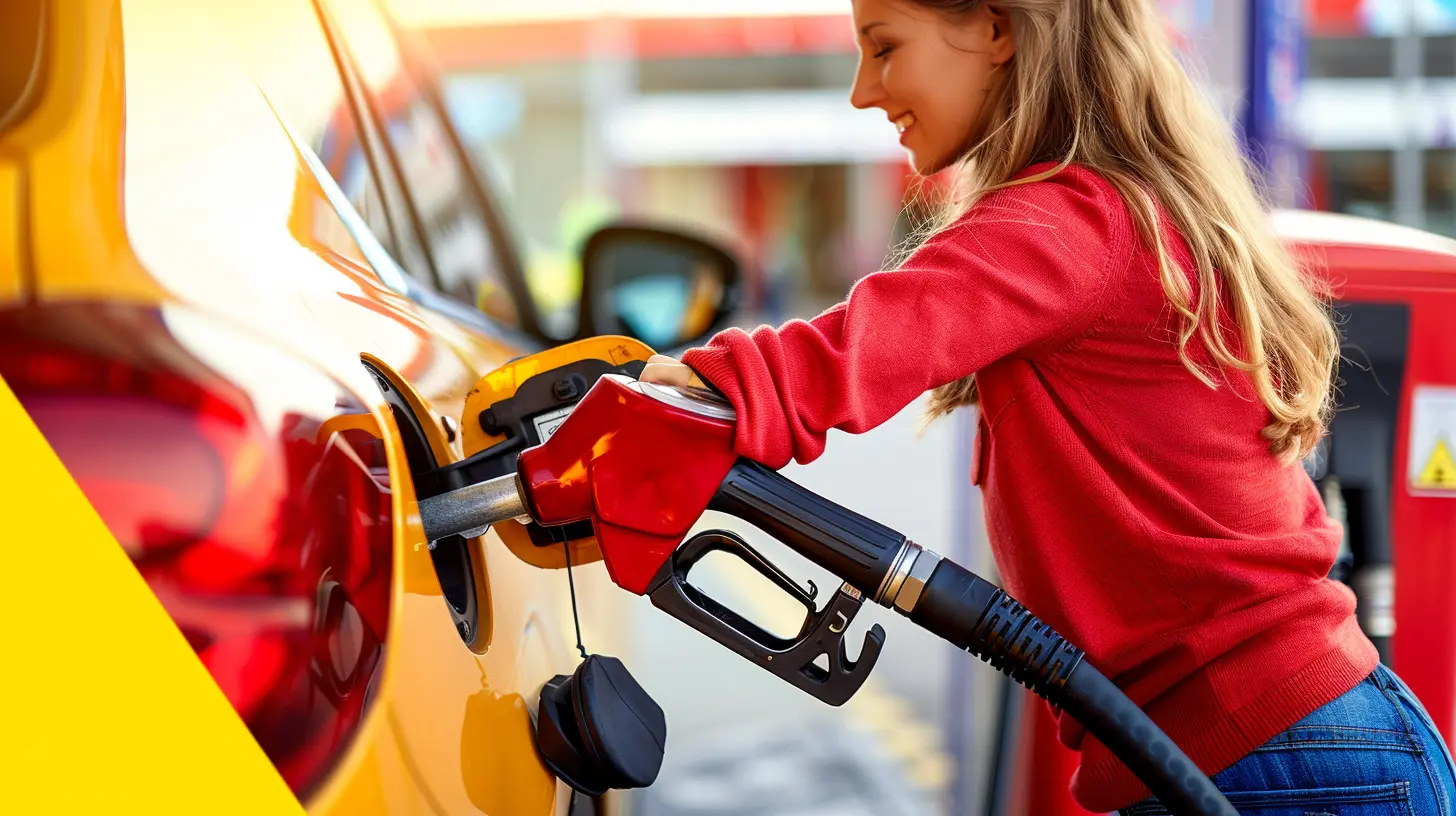How to Save on Fuel Costs with Your Rental Car
10 June 2025
Renting a car gives you the freedom to explore at your own pace, but let’s face it—fuel costs can add up quickly. Whether you're on a road trip, a business trip, or just getting around a new city, fuel efficiency should be a priority. The good news? You don't have to break the bank just to keep that rental car moving.
In this guide, we’ll cover practical and easy ways to cut down on fuel expenses without sacrificing your travel experience. 
1. Choose a Fuel-Efficient Rental Car
Before you even hit the road, the type of car you rent plays a massive role in how much you'll spend on fuel.Opt for a Fuel-Efficient Model
Smaller, fuel-efficient cars generally consume less gas. A compact or hybrid car burns significantly less fuel compared to an SUV or a luxury sedan. If saving money on gas is a big priority, always check the car’s fuel economy rating before booking.Avoid Gas Guzzlers
Unless you really need a large vehicle (like for carrying extra luggage or passengers), avoid SUVs and V8-powered cars. These cars may look impressive, but they’ll drain your wallet at the pump.
2. Pick the Right Car Rental Company
Not all rental companies are the same when it comes to fuel policies and vehicle fleets.Look for Companies with Hybrid or Electric Options
Some rental companies offer hybrid or electric vehicles at competitive prices. While electric cars may not be ideal for long road trips, hybrids make an excellent choice for fuel-conscious travelers.Understand Fuel Policies
Rental companies have different fuel policies. Some require you to return the car with a full tank, while others charge you for a full tank upfront. Always opt for the "full-to-full" policy to avoid paying inflated refueling fees.
3. Plan Your Route Wisely
A little planning goes a long way in cutting unnecessary fuel costs.Use GPS and Navigation Apps
Getting lost or taking a wrong turn not only wastes time but also burns extra fuel. Use Google Maps, Waze, or another GPS app to find the most efficient route. Many apps also show real-time traffic updates to help you avoid stop-and-go traffic, which can negatively impact fuel economy.Combine Trips
Instead of making multiple short journeys, try bundling your errands or sightseeing plans into one trip. Cold engines use more fuel, so the fewer times you start the car, the better.Avoid Peak Traffic Hours
Stop-and-go traffic burns fuel unnecessarily. If possible, plan your drives during off-peak hours to avoid sitting in congestion.
4. Drive Smart to Improve Fuel Efficiency
The way you drive has a massive impact on how much fuel you consume.Accelerate Smoothly
Rapid acceleration wastes fuel. Instead, ease onto the gas pedal gradually and maintain a steady speed. Think of it like sipping a drink rather than gulping it down—your car will thank you.Maintain a Steady Speed
Frequent braking and acceleration consume more fuel. If you're on the highway, use cruise control when appropriate to keep your speed consistent.Avoid Idling Too Long
Idling burns fuel without getting you anywhere. If you’re parked for more than a minute or two, turn off the engine. Most modern cars use less fuel restarting than idling for long periods.5. Keep the Car Well-Maintained
A well-maintained car runs more efficiently, helping you save fuel.Check Tire Pressure
Underinflated tires create more rolling resistance, which can lower your gas mileage. Before setting out on a long drive, ensure the tires are properly inflated to the recommended PSI.Use the Right Type of Fuel
Put the fuel recommended by the car manufacturer (usually found on the gas cap or in the owner's manual). Using premium fuel in a car designed for regular gasoline won’t improve performance—it’ll just cost you more.Keep the Car Light
Extra weight in the trunk or backseat can drag your fuel efficiency down. Only bring what you need and avoid using roof racks unless necessary, as they create aerodynamic drag.6. Use Air Conditioning and Windows Wisely
Cooling and heating can have a surprising impact on your fuel economy.Limit AC Usage at Low Speeds
At lower speeds, using the air conditioner puts extra strain on the engine and increases fuel consumption. If the weather is mild, consider rolling down the windows instead.Keep Windows Up at High Speeds
At highway speeds, driving with the windows down increases drag, making the engine work harder and burning more gas. If you need cooling on the highway, using the AC at a moderate setting is usually more efficient.7. Find the Cheapest Gas Stations
Fuel prices can vary significantly from one station to another.Use Gas Price Apps
Apps like GasBuddy, Waze, and Google Maps can help you locate the cheapest fuel stations nearby. Over the course of a trip, these small savings can add up.Avoid Gas Stations Near Airports and Tourist Hotspots
Gas stations near airports and major tourist attractions tend to charge higher prices. Drive a little further into the city to find more competitive rates.Refuel Before Returning the Car
If your rental agreement requires you to return the car with a full tank, don’t wait until the last minute to refuel. Gas stations near airports often charge inflated prices, so fill up a few miles away instead.8. Take Advantage of Loyalty Programs and Discounts
Many rental companies and gas stations offer reward programs that can help cut costs.Sign Up for Rental Car Loyalty Programs
Some rental companies offer loyalty programs that provide free upgrades or discounts on fuel-efficient cars. If you rent cars frequently, this could lead to long-term savings.Look for Gas Station Rewards
Some gas stations offer discounts through rewards programs or cashback options with certain credit cards. If you're on a long road trip, joining one of these programs can be worth it.Final Thoughts
Fuel costs don’t have to eat into your travel budget. By choosing the right rental car, driving efficiently, and planning ahead, you can enjoy your trip without worrying about excessive gas expenses. Whether you're exploring a new city or cruising along scenic highways, these simple tips will help you make the most out of every gallon.all images in this post were generated using AI tools
Category:
Car RentalsAuthor:

Kelly Hall
Discussion
rate this article
2 comments
Zarev McElroy
Why did the rental car break up with its fuel tank? It realized they just weren't a good match for savings! Follow these tips to keep your fuel costs low and your road trip high on fun—because who wants to spend more on gas than snacks? Happy travels!
June 15, 2025 at 3:42 PM

Kelly Hall
Thanks for the fun comment! Keeping fuel costs down really does make road trips more enjoyable. Happy travels!
Zailyn McNeil
Cut the fluff: don’t just fill the tank—embrace fuel-efficient driving, plan your route wisely, and ditch the unnecessary idling. Smart choices mean bigger savings. Fuel your adventure!
June 12, 2025 at 3:03 PM

Kelly Hall
Absolutely! Smart driving habits and planning can significantly reduce fuel costs. Thanks for the great tips!


